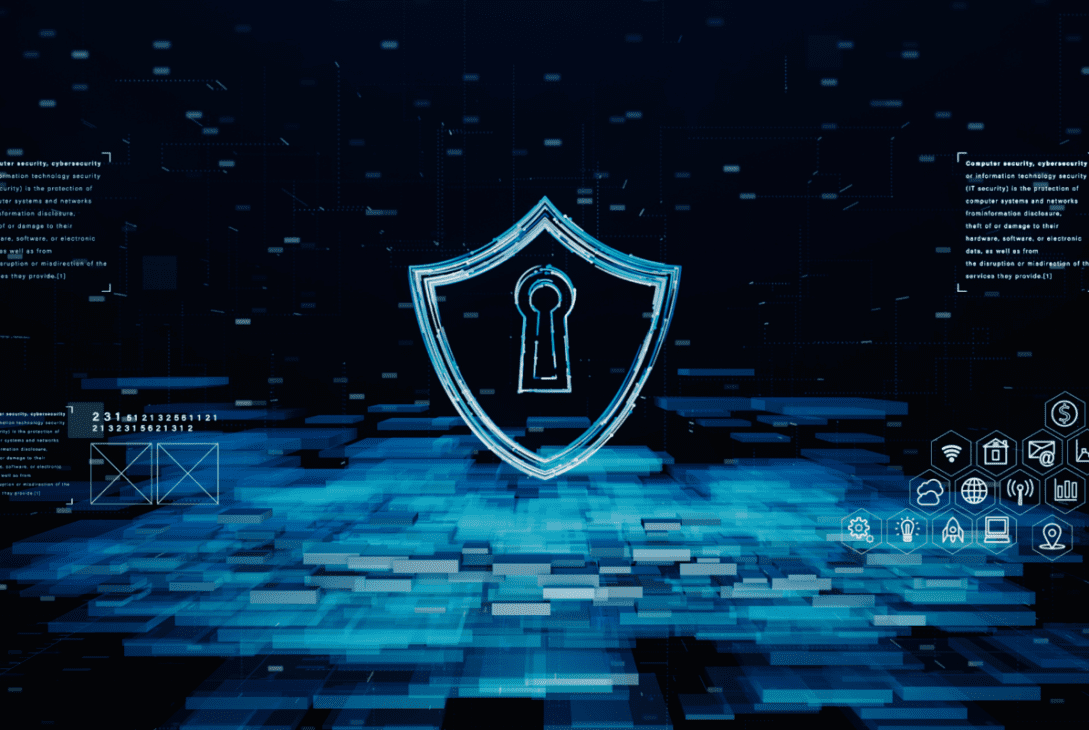As the digital economy matures in 2025, cybersecurity has emerged as a strategic pillar rather than a reactive necessity. The proliferation of cloud systems, remote work environments, and AI-driven business functions has radically transformed both opportunity and risk. Now, more than ever, North American businesses must take a serious, structured, and forward-thinking approach to cybersecurity.
Cybercrime is expected to cost the global economy over 12 trillion dollars this year alone. What was once a concern for the IT department is now a boardroom priority. For decision-makers across the United States and Canada, investing in cybersecurity is no longer about compliance. It is about protecting intellectual property, maintaining operational continuity, and defending the trust that underpins all customer and stakeholder relationships.
Understanding the Current Cybersecurity Landscape:
United States: Innovation Under Pressure:
The United States continues to be a global leader in cybersecurity infrastructure, but it also remains a top target for increasingly complex threats. Federal bodies, including the Cybersecurity and Infrastructure Security Agency (CISA), are pushing aggressive public-private initiatives to detect, deter, and disrupt cyberattacks.
However, a series of recent budgetary adjustments has raised questions about the long-term sustainability of these efforts. In the absence of guaranteed federal support, American businesses are stepping in to fill the gaps, investing heavily in artificial intelligence systems and zero trust architecture to enhance their resilience.
Canada: A Model of Strategic Collaboration:
Canada’s 2025 National Cyber Security Strategy emphasizes a collaborative approach to digital security. It promotes cooperation between public agencies, private enterprises, academia, and citizens. With over 70 percent of the nation’s critical infrastructure in private hands, government efforts are focused on enabling knowledge-sharing platforms and establishing minimum security benchmarks for enterprise operations.
Canada’s leadership in areas such as post-quantum cryptography and AI-driven threat mitigation sets a standard for the private sector to follow. Businesses that align with these national strategies position themselves to stay ahead of the threat curve.

Key Threat Vectors Redefining Cybersecurity in 2025:
Cybersecurity threats are evolving both in volume and sophistication. The traditional perimeter no longer exists, and static defense systems are increasingly obsolete.
- AI-Powered Phishing Attacks: Threat actors now use generative AI to replicate human tone and syntax with unsettling accuracy, resulting in phishing success rates that far exceed past benchmarks.
- Quantum Computing Risks: Modern cryptographic systems are at risk of being rendered obsolete by emerging quantum computing capabilities. The urgency to adopt quantum-resistant algorithms has become a top priority.
- Supply Chain Exploitation: With increased reliance on third-party services, attackers are targeting weaker links within extended enterprise ecosystems. This form of lateral entry is responsible for a significant proportion of data breaches in the past 18 months.
Small and Medium Businesses: The Underestimated Target
Almost half of all cyberattacks are directed at businesses with fewer than 1,000 employees. These organizations often assume that their scale makes them less attractive to attackers. In reality, they are seen as soft targets with minimal defenses.
Key vulnerabilities include:
- Outdated software systems.
- Absence of formal security training.
- Lack of structured incident response protocols.
Despite these risks, small and medium businesses can build a highly effective security framework using accessible, scalable solutions.
A Practical Five-Layer Defense Strategy:
- Multi-Factor Authentication: Deploy MFA across all access points to eliminate the vast majority of unauthorized login attempts.
- Employee Awareness Training: Regular and practical cybersecurity training is essential. It builds an internal culture of vigilance and reduces human error.
- Automated Patch Management: Delays in patching known vulnerabilities continue to be a leading cause of breaches. Automated systems ensure consistent updates.
- Network Segmentation: Isolate critical systems such as payment processing and customer data storage to limit lateral movement within the network.
- Incident Response Planning: A documented, rehearsed response plan significantly reduces recovery time and reputational damage after a breach.
Enterprise-Level Security for Scaling Organizations:
Larger organizations with complex digital footprints must deal with broader attack surfaces. These include multiple locations, remote workforces, hybrid cloud environments, and IoT integration.
Strategic Responses Include:
- Predictive Threat Modeling: Using machine learning to anticipate attacker behavior and proactively address potential weaknesses.
- Zero Trust Implementation: Replacing perimeter-based models with a security framework that verifies every user and device before granting access.
- Continuous Monitoring and Logging: Implementing real-time surveillance with advanced anomaly detection to quickly identify and neutralize intrusions.
In addition, cybersecurity responsibilities must extend beyond the IT department. Alignment between executive leadership and technical teams is now an essential part of any effective digital risk strategy.
The Rise of Advanced Adversarial Tactics:
Threat actors are now employing tools and tactics that blur the lines between technical assault and psychological manipulation.
- Deepfake Technology: Videos and audio recordings that convincingly impersonate company executives are being used to authorize fraudulent transactions.
- Ransomware-as-a-Service (RaaS): Criminal groups are offering turnkey ransomware kits, allowing even low-skill attackers to launch disruptive campaigns.
- Autonomous Reconnaissance Bots: AI agents are continuously scanning public and private web infrastructure to identify exploitable weaknesses.
Countermeasures That Work:
- Behavioral Analytics: Monitoring how users interact with systems adds a powerful new layer of detection beyond traditional access control.
- Quantum-Ready Encryption: Organizations must invest now in lattice-based cryptographic techniques and other quantum-resilient standards.
- Cyber Deception Technologies: The strategic deployment of honeypots and decoy data can mislead attackers while generating valuable intelligence.
Roadmap to Implementation: 2025 and Beyond:
To future-proof their digital ecosystems, organizations should implement the following foundational controls:
- Passwordless Authentication: Transition from traditional passwords to secure alternatives like biometrics or physical authentication tokens.
- DNS Encryption: Encrypt DNS queries to protect against interception, spoofing, and traffic analysis.
- AI-Based Threat Detection: Leverage artificial intelligence for 24/7 threat hunting, anomaly identification, and incident prioritization.
For enterprises scaling operations across borders, additional considerations include:
- Cyber Insurance Optimization: Conduct risk audits that demonstrate low liability and negotiate better policy terms.
- Dark Web Monitoring: Employ tools that track illicit marketplaces and alert companies when their data is being circulated or sold.
- Automated Compliance Frameworks: Use intelligent platforms that keep your operations aligned with ever-changing regulatory mandates across jurisdictions.
A Final Word: Cybersecurity as a Business Enabler
In 2025, cybersecurity is not simply about avoiding loss. It is about creating value, enabling innovation, and protecting the trust that fuels every customer relationship.
Businesses that invest in proactive cybersecurity measures today are building more than just digital walls. They are laying the groundwork for sustainable growth, operational confidence, and competitive differentiation in an increasingly volatile threat environment.
Cybersecurity is not optional. It is strategic. And it is urgent.








